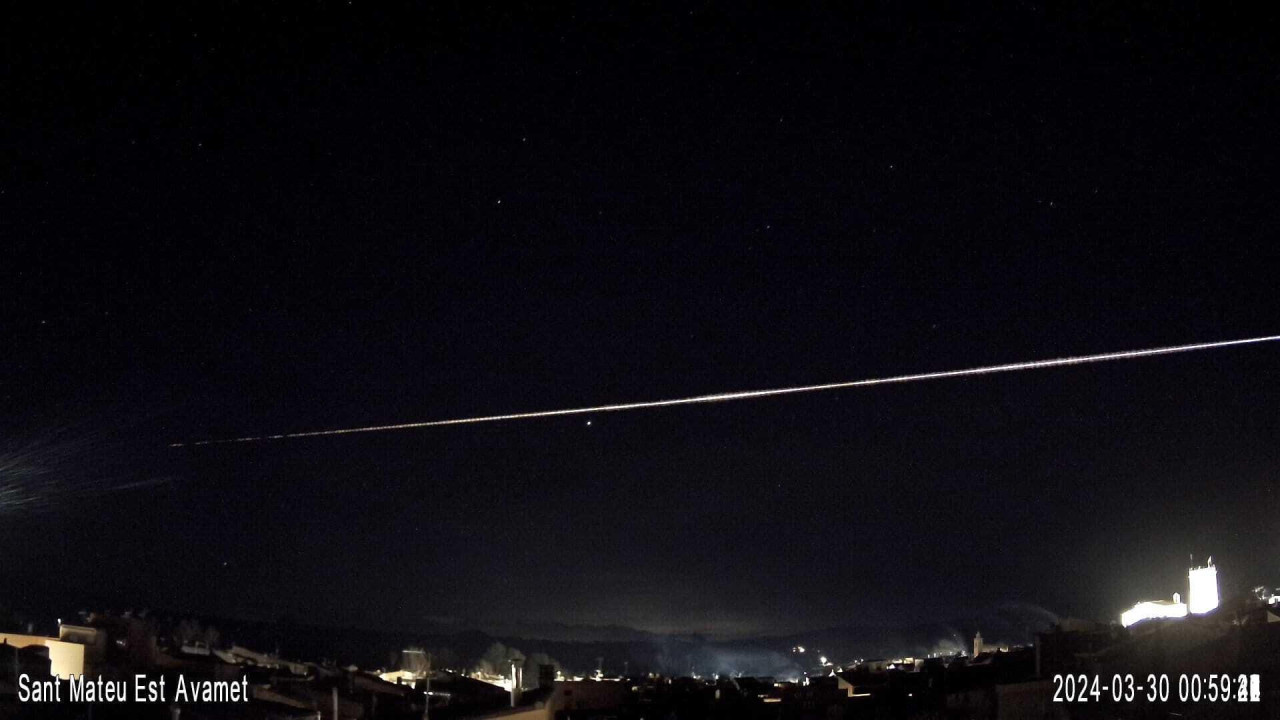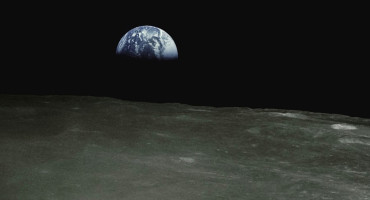In low Earth orbit, human debris is carried into space, among other things, moving at high speeds.
Space, Milky Way. Photo: Unsplash.
It was like a missile and then a meteor. But the truth, as pointed out by the Spanish Institute of Space Sciences, is that The fiery and strange object that crossed the skies of Spain was actually a collection of rocket and satellite debris Moving at high speed in low earth orbit.
Falling space debris is a very common phenomenon, while in 2023, streaks of light were seen from Sacramento, USA, that suddenly lit up the night sky. That's when I knew It was one of millions of communications devices removed from the International Space Station two years ago.
In this sense, low Earth orbit is a repository of space debris. Most come from man-made objects such as pieces of spacecraft, paint, parts of rockets or defunct satellites. Further They can be explosions of objects in orbit moving at high speeds through space.
According to the latest data from the European Space Agency (ESA) around the Earth There are 35,150 listed wastes weighing 11,500 tonnes. 640 Disruptions, explosions, accidents or unusual events causing its fragmentation.
However, ESA sources point out that “Not all space debris is tracked and cataloged”: Their estimates are that more than 131 million worthless pieces of space debris ranging in size from 1 millimeter to 10 centimeters orbit the planet at an average speed of 36,000 kilometers per hour.
 Artificial car that flew over Spain. Photo: EFE.
Artificial car that flew over Spain. Photo: EFE.
Most waste can move and reach very quickly A speed of nearly 29,000 kilometers per hour, Almost seven times faster than a bullet.

This may interest you:
We're not alone: Extraterrestrial civilizations may be “trapped” on other planets, according to study
Hazards of space debris
Experts agree that space debris poses a threat to the safety of people in space and on Earth because of the debris' speed and size. Professor José Luis Torres of the University of Málaga (Spain) warns of these risks: ““Any fraction larger than a centimeter is fatal when it collides with operational satellites.” About 6,000 of them are currently in orbit.
Also, researcher Hugh Lewis, a space debris expert at the University of Southampton (United Kingdom) Space debris problem 'underestimated' The amount of debris in orbit could multiply by 50 between now and 2100 based on planned operations.
In this way, through the absence of express regulation, beyond the non-binding international agreement of the United Nations, “Space debris is an example of a so-called market failure“Because there are no property rights, no one manages it,” Torres said.
 The crew of the Russian Soyuz MS-25 spacecraft on its way to the International Space Station. Photo: EFE.
The crew of the Russian Soyuz MS-25 spacecraft on its way to the International Space Station. Photo: EFE.
The atmosphere is a useful ally for disposing of space debris, 480 kilometers below the surface, most objects will naturally break up in the thick lower atmosphere and burn up within 10 years. However, above 100 kilometers, where the atmosphere is thinner, the opposite occurs and debris is lost to space.
Space junk experts agreee “It is not the responsibility of one country, but the responsibility of all spacefaring nations”, And its management is an international challenge to solve and an opportunity to protect the space environment for future exploration missions.

